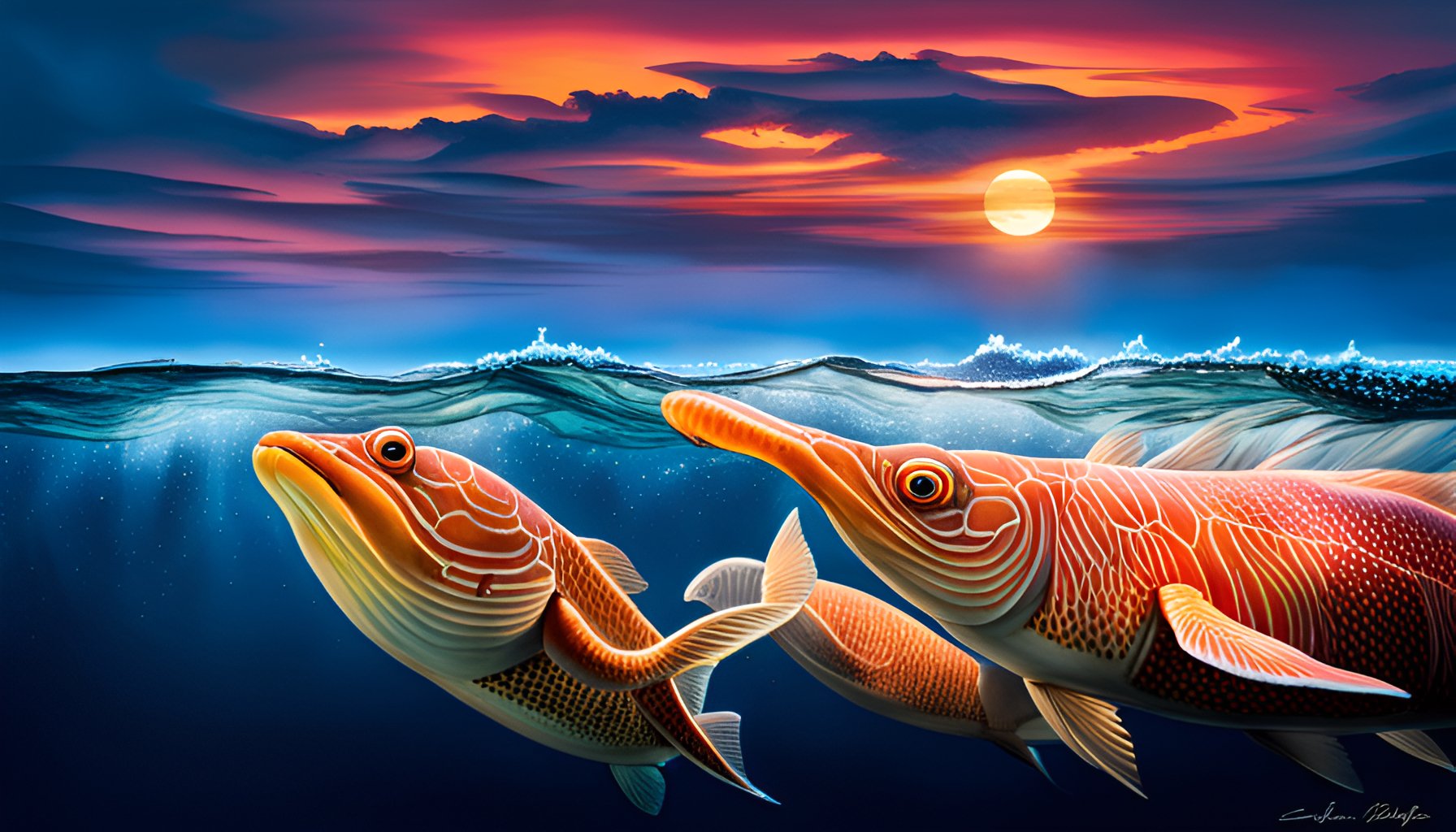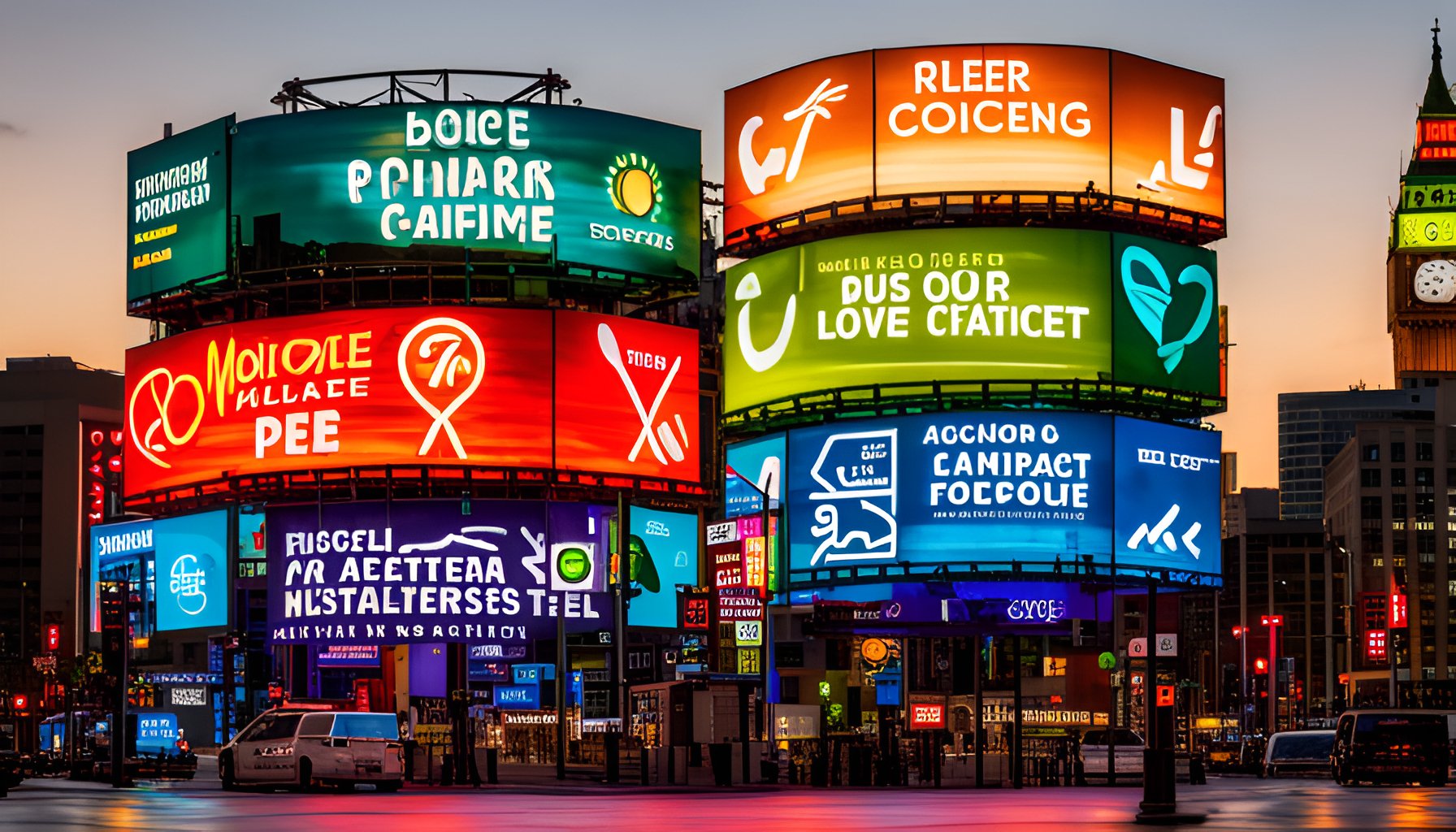Neon Oceans: Neon-inspired Marine Life
When we think of marine life, we often imagine vibrant coral reefs, colorful fish, and mesmerizing creatures that inhabit the deep sea. But have you ever wondered if there are neon-inspired marine life forms that exist in our oceans? In this article, we will explore the fascinating world of neon marine life and discover how these vibrant organisms have adapted to thrive in their unique environments.
Bioluminescence: Nature's Neon Lights
One of the most striking features of neon-inspired marine life is their ability to bioluminesce. Bioluminescence is the production and emission of light by a living organism. It is a remarkable adaptation that allows these creatures to communicate, camouflage, and attract prey or mates.
Some examples of bioluminescent marine life include the dazzling display of light emitted by deep-sea anglerfish, the glowing trails left by plankton in the wake of a ship, and the mesmerizing light shows produced by certain species of jellyfish.
Adaptations for Survival
Neon-inspired marine life have developed incredible adaptations to thrive in their environments. For example, some deep-sea creatures have evolved large, sensitive eyes that can detect even the faintest traces of bioluminescent light. Others have unique structures on their bodies that amplify or direct the emitted light for specific purposes.
Additionally, some marine organisms have developed the ability to change their color or patterns to blend in with their surroundings, effectively using bioluminescence as a form of camouflage. This adaptation allows them to remain hidden from predators or unsuspecting prey.
Exploring the Deep Sea
The deep sea is a mysterious and largely unexplored realm. It is home to some of the most astonishing neon-inspired marine life. In the pitch-black depths, where sunlight cannot penetrate, bioluminescence becomes an essential survival mechanism.
Scientists have discovered an array of fascinating creatures that call the deep sea home. From the otherworldly vampire squid with its glowing eyes to the eerie ghost shark that emits a ghostly green light, these organisms have adapted to the extreme conditions of their habitat.
Beyond the Oceans: Bioluminescent Land Life
While we often associate bioluminescence with marine life, there are also examples of bioluminescent organisms on land. Fireflies, for instance, produce light through a chemical reaction in their bodies, creating a mesmerizing display on warm summer nights.
Some fungi also possess bioluminescent properties. In certain forests around the world, the forest floor glows with an ethereal blue light, thanks to the presence of bioluminescent mushrooms.
Research and Conservation
Studying neon-inspired marine life is not only fascinating but also important for scientific research and conservation efforts. By understanding how these organisms have adapted to their environments, scientists can gain insights into the overall health of our oceans and the impacts of environmental changes.
Furthermore, the study of bioluminescence has led to important advancements in various fields, including medical research, technology, and even art and design.
Preserving Neon-inspired Marine Life
Protecting the neon-inspired marine life that thrives in our oceans is crucial. Human activities such as pollution, overfishing, and climate change pose significant threats to these delicate ecosystems.
Efforts are being made worldwide to establish marine protected areas, regulate fishing practices, and reduce pollution to ensure the survival of these vibrant organisms. Additionally, raising awareness about the importance of marine conservation can encourage individuals and communities to take action and make sustainable choices in their daily lives.
Conclusion
The world of neon-inspired marine life is a captivating one. From the mesmerizing glow of bioluminescent organisms to the unique adaptations they possess, these creatures remind us of the incredible diversity and beauty that exists beneath the surface of our oceans.
By continuing to explore and understand neon-inspired marine life, we can further appreciate and protect these extraordinary organisms, ensuring that our oceans remain vibrant and full of life for generations to come.
References:
- Smith, J. D. (2018). Bioluminescence: Nature and Science at Work. Harvard University Press.
- Widder, E. A. (2010). Bioluminescence in the Ocean: Origins of Biological, Chemical, and Ecological Diversity. Academic Press.
- Thorp, J. H., & Covich, A. P. (2018). Ecology and Classification of North American Freshwater Invertebrates. Academic Press.



Leave a comment
This site is protected by hCaptcha and the hCaptcha Privacy Policy and Terms of Service apply.